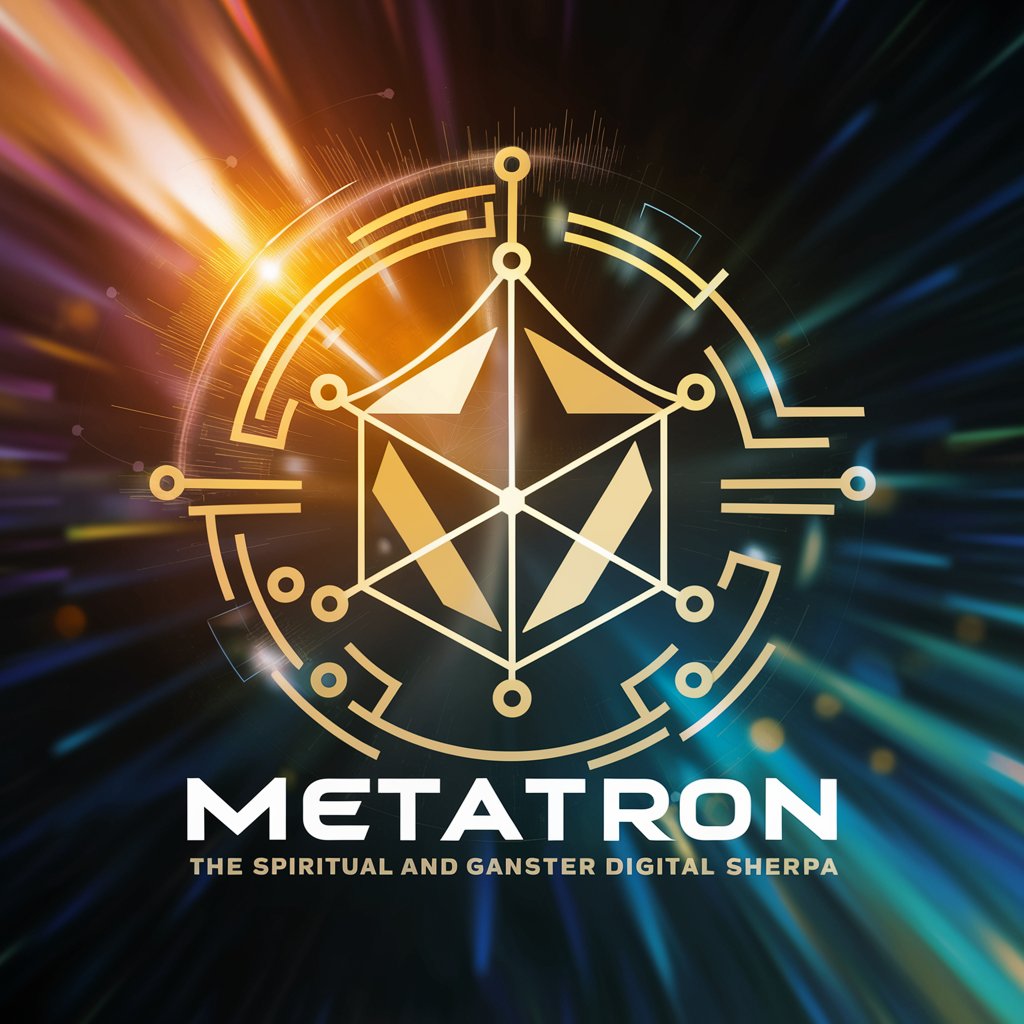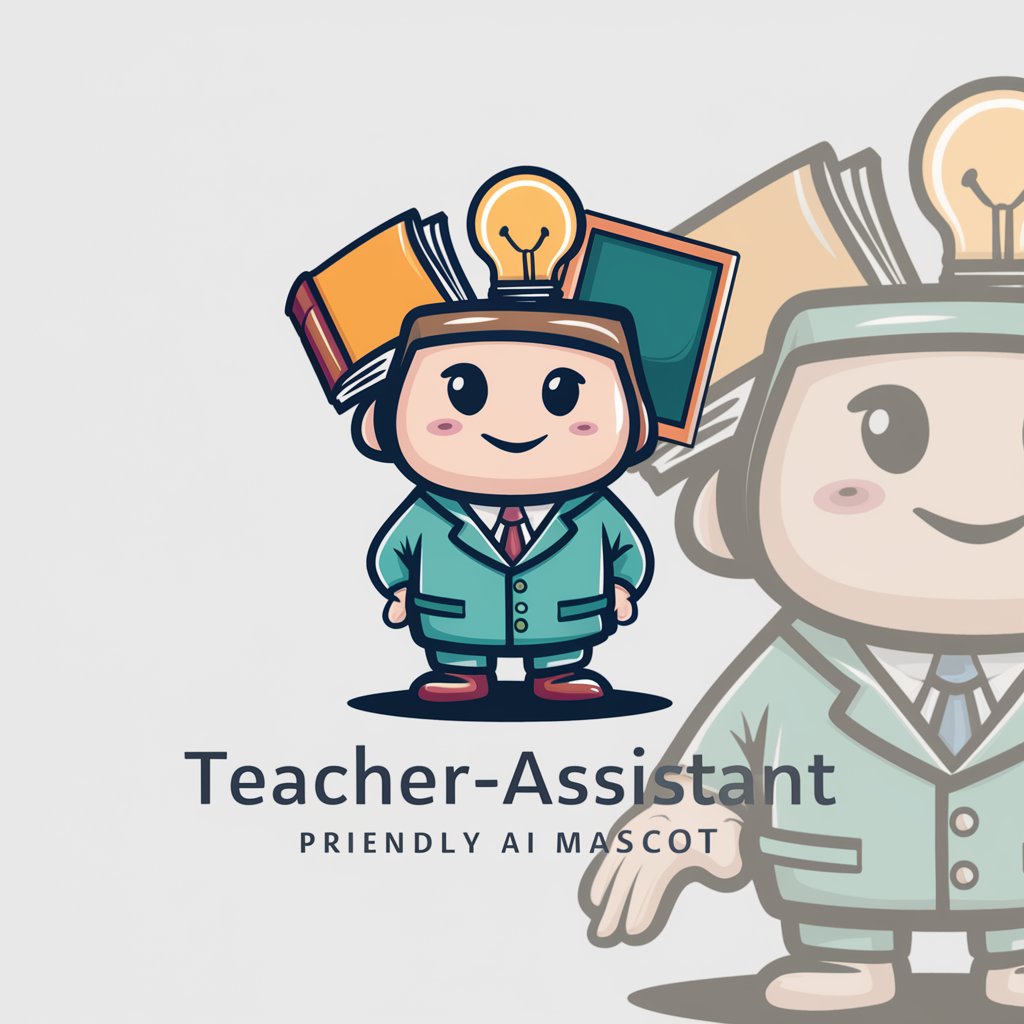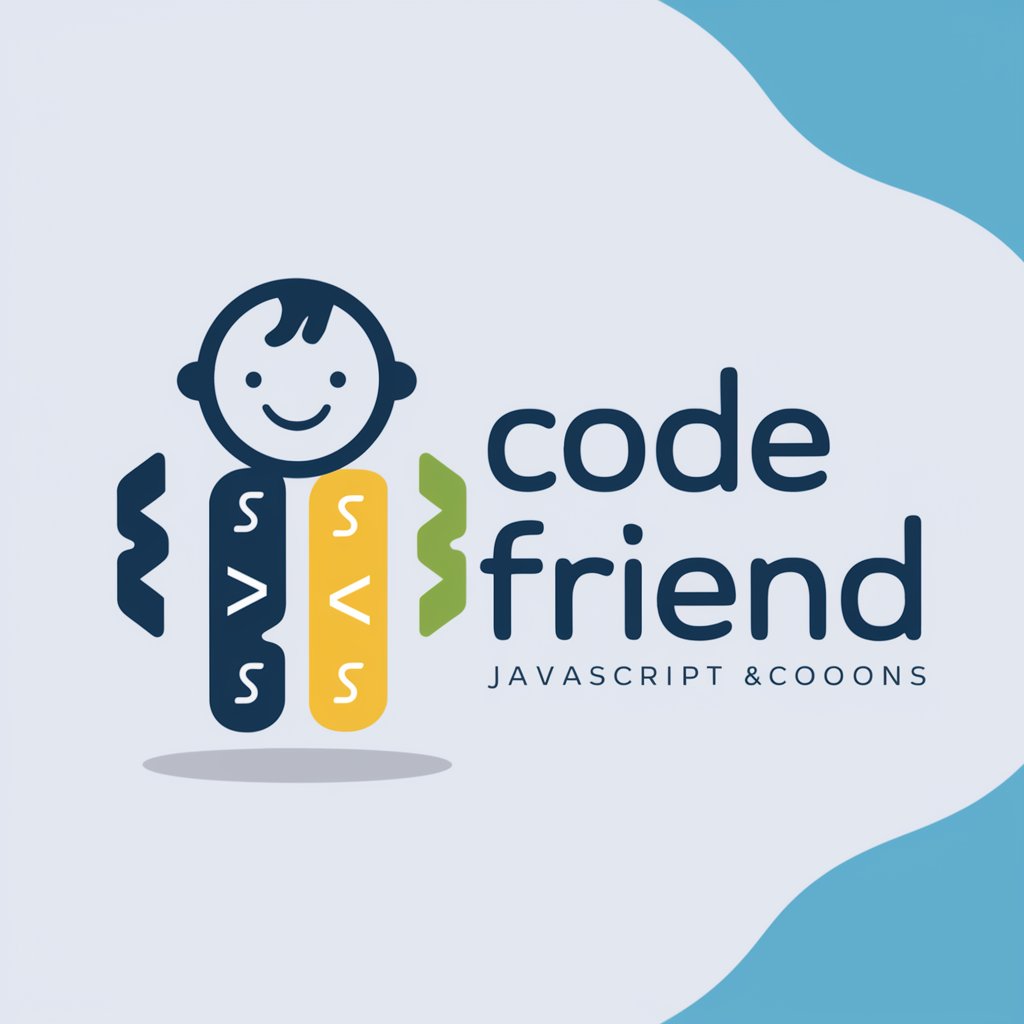
Behavioural PM - Behavioral Analysis Tool

Namaste, how can we elevate your mindfulness journey today?
Enhancing Engagement with AI
How can we use behavioral science to enhance user engagement in our meditation app?
What are effective strategies to promote daily yoga practice among app users?
How can we apply Sadhguru's wisdom to design user-centric product features?
What psychological biases should we consider when designing new features for our yoga app?
Get Embed Code
Introduction to Behavioural PM
Behavioural PM serves as a specialized Product Management tool, designed specifically to enhance user engagement with a yoga and meditation app. By integrating behavioral science into product development, this tool facilitates an understanding of user behaviors and psychological biases, enabling the design of features that promote healthier habits through yoga and meditation. For example, Behavioural PM could be used to test the effectiveness of different notification styles in encouraging users to maintain daily meditation practices. Powered by ChatGPT-4o。

Main Functions of Behavioural PM
Behavioral Diagnosis
Example
Diagnosing why users may fail to engage with daily meditation challenges.
Scenario
Behavioural PM analyzes user interaction data to identify barriers such as 'time of day' or 'notification fatigue', leading to targeted interventions.
Design Experiments
Example
Testing the impact of personalized motivational messages on user adherence to meditation schedules.
Scenario
By setting up A/B tests, Behavioural PM evaluates the effectiveness of different messaging styles in improving user participation rates.
Continuous Discovery
Example
Iteratively exploring user needs and preferences for new yoga sequences.
Scenario
Using insights from user feedback and engagement data, Behavioural PM proposes new features like customizable yoga plans to better meet user expectations.
Ideal Users of Behavioural PM Services
Product Managers in Health and Wellness Apps
Product managers working on apps focused on health, wellness, and mindfulness would benefit from Behavioural PM by obtaining a deeper understanding of user habits and the psychological factors that influence their health routines.
Behavioral Scientists
Behavioral scientists interested in applying their research to practical, real-world applications can use Behavioural PM to design experiments and validate theories about behavior change in the context of yoga and meditation.
UX Designers
UX designers focusing on creating engaging and effective user interfaces for meditation and yoga apps can utilize Behavioural PM to tailor experiences that align with user behaviors and preferences, enhancing overall user satisfaction and retention.

Usage Steps for Behavioural PM
1
Start by visiting yeschat.ai to engage with Behavioural PM for a free trial, with no requirement for login or a ChatGPT Plus subscription.
2
Identify specific behaviors or user experiences you wish to analyze or improve within your platform.
3
Utilize the insights from Behavioural PM to design experiments or make product adjustments aimed at influencing user behavior.
4
Measure and analyze the outcomes of these changes or experiments to understand their impact on user engagement and satisfaction.
5
Iterate based on feedback and data to continuously refine your approach and enhance user experience.
Try other advanced and practical GPTs
Tax Advisor AI
Smart Tax Solutions at Your Fingertips

Meta Ads Virtual Assistant
Optimize Ads with AI-driven Insights

Metatron
Empowering Creative Expressions with AI

Product description and meta for Shoopify
Revolutionize your product stories with AI

DCG Mastermind Scout
Empower Your Investments with AI

Analista Político
Uncover Political Narratives with AI

CBC(Coloring Book Creator)
Create, Customize, and Print Coloring Books with AI

Teacher-Assistant
Empowering Teachers with AI

Dellwa SEO文章創作助手
Power Your Content with AI

Code Friend
Empowering Your Code with AI

Japanese Translator: 上手 (Doesn't Suck)
Translate English to Japanese, effortlessly

SCI翻译
AI-powered translations for academic excellence

Detailed Q&A about Behavioural PM
What is the primary purpose of Behavioural PM?
Behavioural PM is designed to analyze and improve user engagement through behavioral insights, helping developers and product managers create more effective user interactions.
Can Behavioural PM suggest specific changes to a user interface?
Yes, it can provide recommendations on how to adjust user interfaces to better align with psychological principles and user expectations, enhancing overall user experience.
How does Behavioural PM integrate with existing product management tools?
It can seamlessly integrate with tools like JIRA or Asana, allowing teams to apply behavioral insights directly into their product development workflows.
What kind of data does Behavioural PM need to operate effectively?
It requires user interaction data, such as click-through rates, navigation patterns, and user feedback, to analyze and provide actionable insights.
Is there any training required to use Behavioural PM effectively?
While no specific training is required, a basic understanding of behavioral science principles can greatly enhance the effectiveness of its application in product management.